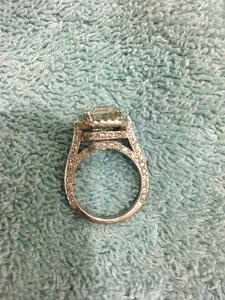
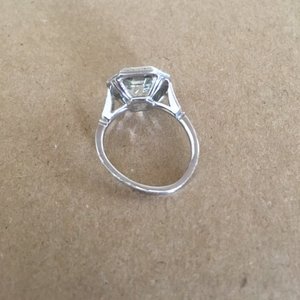
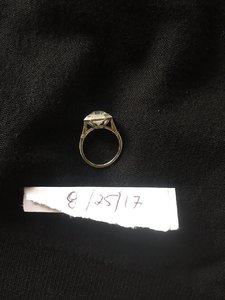
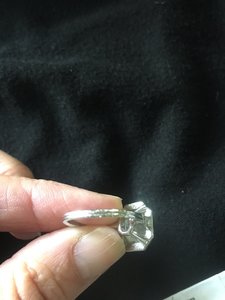 I have a beautiful Diamond that I bought with Pricescope help many years ago. I had in reset and wore it 10 years daily with no issues until a small diamond fell out and decided to get it reset. (picture 1) I had it reset by someone I found thru this board.I received the ring in March and wore it for about 6 weeks. It felt uncomfortable and I took it off of my finger and it looked like picture two.I sent it back to the designer who said I must have slammed it in a door or something... which I didn't.Crush my finger? nope! She repaired it and sent it back. I received it back in June and wore it daily since then. Today when I took it off it looked like picture three.Please tell my why this is happening. I don't know what I should do at this point.Has this happened to anyone before?Please advise.
I have a beautiful Diamond that I bought with Pricescope help many years ago. I had in reset and wore it 10 years daily with no issues until a small diamond fell out and decided to get it reset. (picture 1) I had it reset by someone I found thru this board.I received the ring in March and wore it for about 6 weeks. It felt uncomfortable and I took it off of my finger and it looked like picture two.I sent it back to the designer who said I must have slammed it in a door or something... which I didn't.Crush my finger? nope! She repaired it and sent it back. I received it back in June and wore it daily since then. Today when I took it off it looked like picture three.Please tell my why this is happening. I don't know what I should do at this point.Has this happened to anyone before?Please advise.




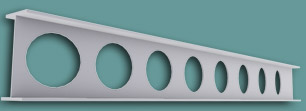
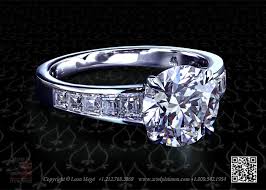
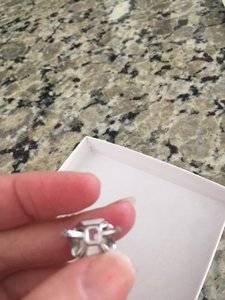
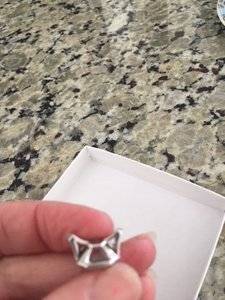
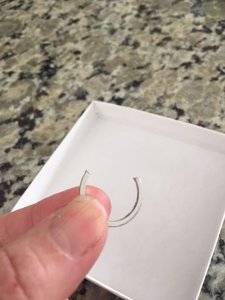



300x240.png)